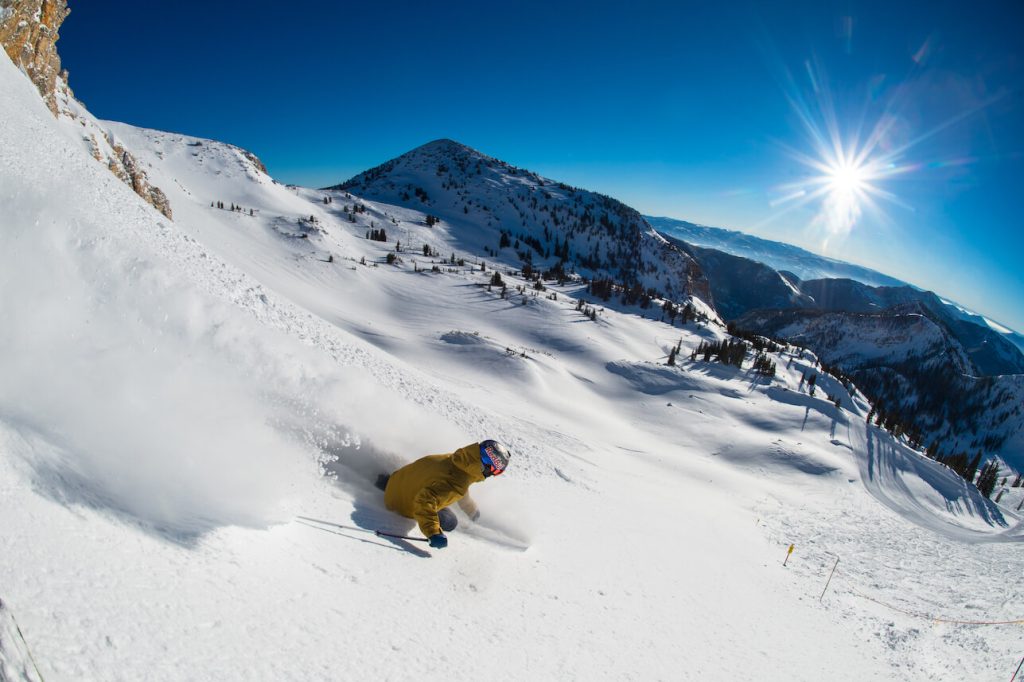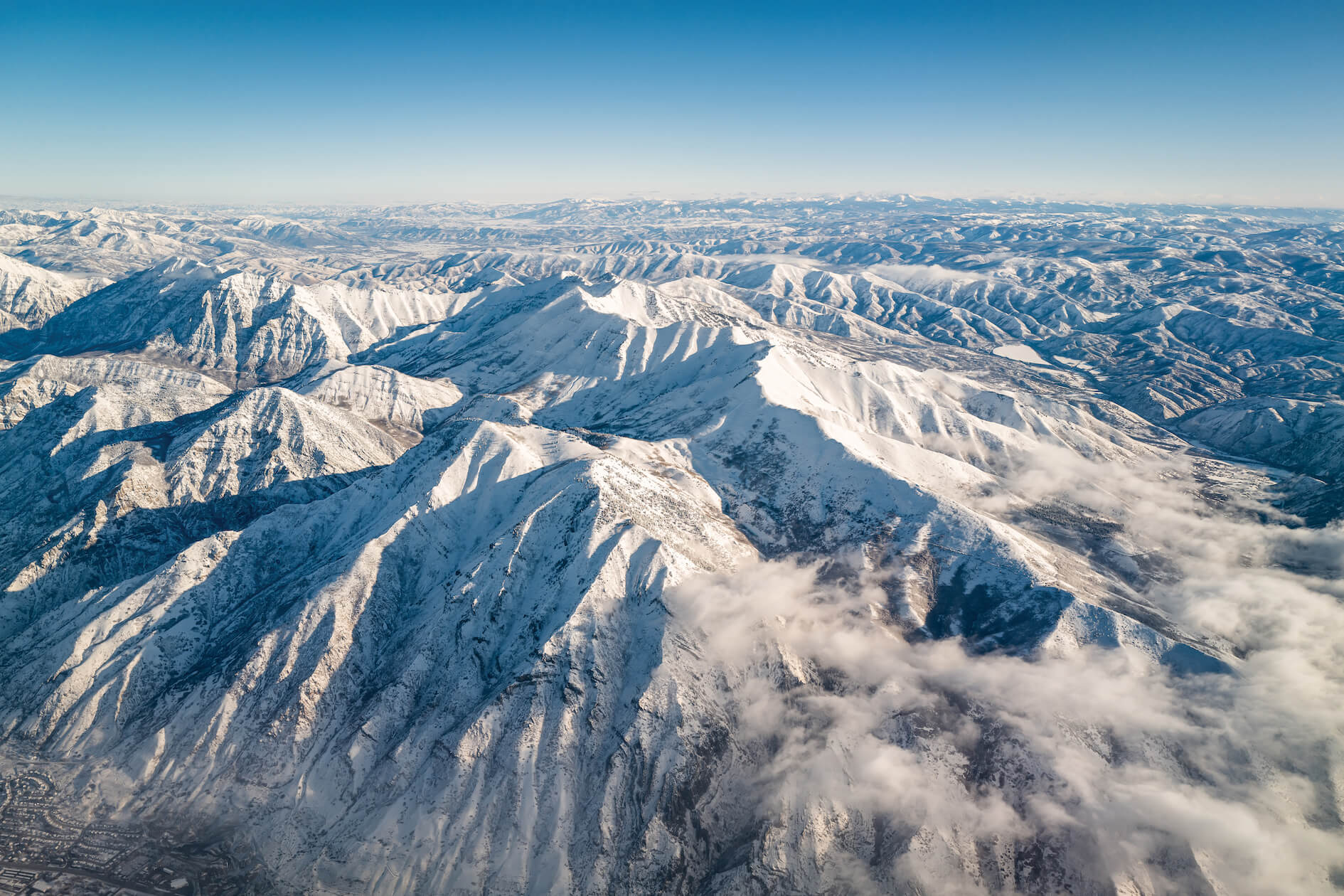An ideal day on the slopes, carving virgin tracks and kicking up snow to create a ski movie–worthy action shot, depends on how quickly you can be on the mountain after a storm. Thus, planning the perfectly timed ski vacation can be a bit of a sport in and of itself. Time it right and you’ll find the powder of your dreams. Miscalculate, however, and the terrain could be icy—or worse. In Utah, however, the odds are stacked in your favor: Perfect snow is nearly a given, and science backs it up.

The story of Utah’s incomparable snow isn’t a myth; it’s a legacy that started in 1960, when The Salt Lake Tribune editor Tom Korologos waxed poetic about his home state’s 600-mile long, 2.5-mile-high Intermountain region, dubbing it “The Greatest Snow on Earth.” The first known utterance of the now-iconic (and very literal) slogan was no brag—it was an arguable fact—and Korologos offered some meteorological evidence to back it up.

In other words, Utah’s snow really is better than almost anywhere else on Earth, and it all comes down to the two Cs. The “blower powder” consistency—what skiers call the dry snow that you can blow from your glove like a dandelion—and consistently good conditions. On average, there are 500 inches of fresh powder sprinkled throughout extended winters that typically span from late October to late April. Even in substandard years elsewhere, the snow is epic: The last two winters brought a record-breaking 1,531 inches, marking the highest two-year total in Utah history.
It all adds up to a skier’s mecca—so much so that pros like American alpine ski racer and two-time Olympian Kaylin Richardson relocated to Park City for it.

“We get snow unlike anywhere else: You can find powder turns two days—sometimes even three days—after a storm, which is unheard of. And once it’s groomed out, it rarely gets icy,” says Richardson. Bottom line, she adds: “If you’re trying to hedge your bets and go someplace where you know the snow is going to be good, Utah is the place to go.”
It’s also roomy enough for everyone: pros like Richardson, beginners on their first powder pilgrimage, and every skier in between. Currently, Utah is home to more skiable terrain than any other state, and its combined 30,000-plus skiable acres are only growing. Deer Valley Resort—where Goldener Hirsch, Auberge Resorts Collection, is nestled mid-mountain just steps from the Silver Lake Village chairlifts—is in the process of a two-decade-long expansion, which will make it one of the largest ski resorts in North America, and Powder Mountain has announced a $20 million transformation that will include the addition of a first-of-its kind art park on the slopes, inspired by New York’s Storm King Art Center.


Come 2034, Utah’s perfect powder will be on display for the world as the state hosts the Winter Olympics. (Both Goldener Hirsch and The Lodge at Blue Sky, Auberge Resorts Collection, will be at the center of the Games action, with events held from Midway to Deer Valley and Salt Lake City.)
On piste or off, the texture of Utah’s snow—and the quick access to its world-class resorts—is unlike anywhere in the world. The terrain is unmatched, says extreme ski pioneer Dan Egan.

